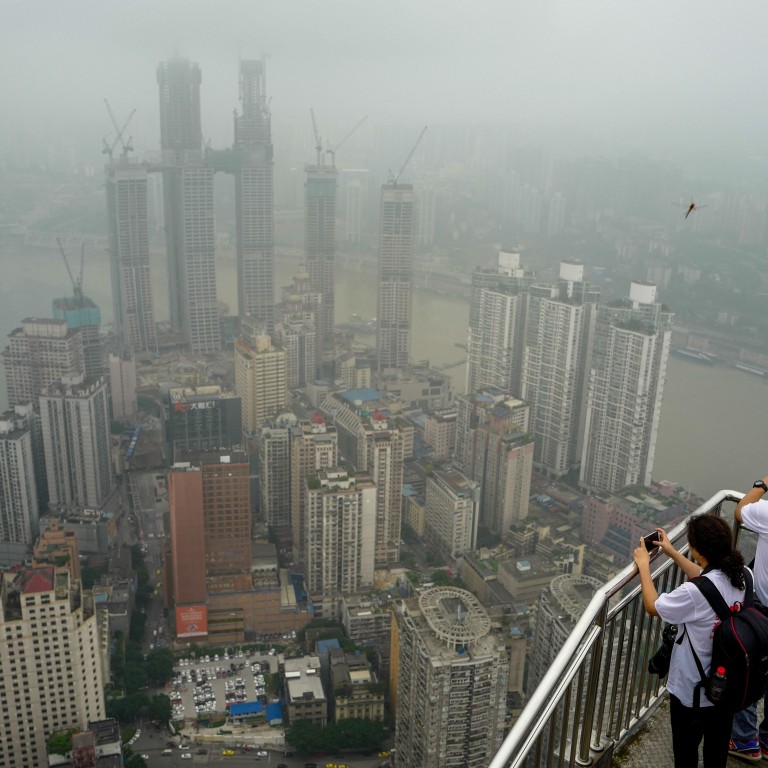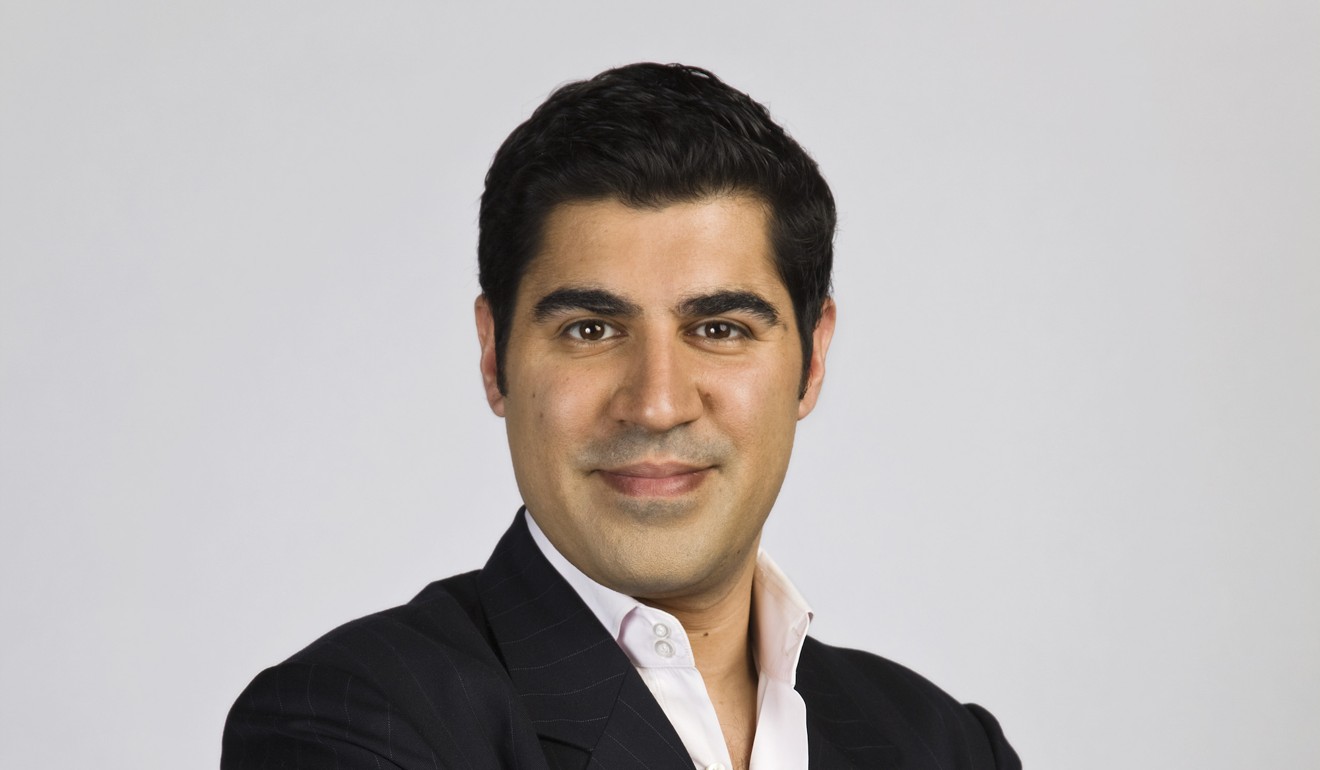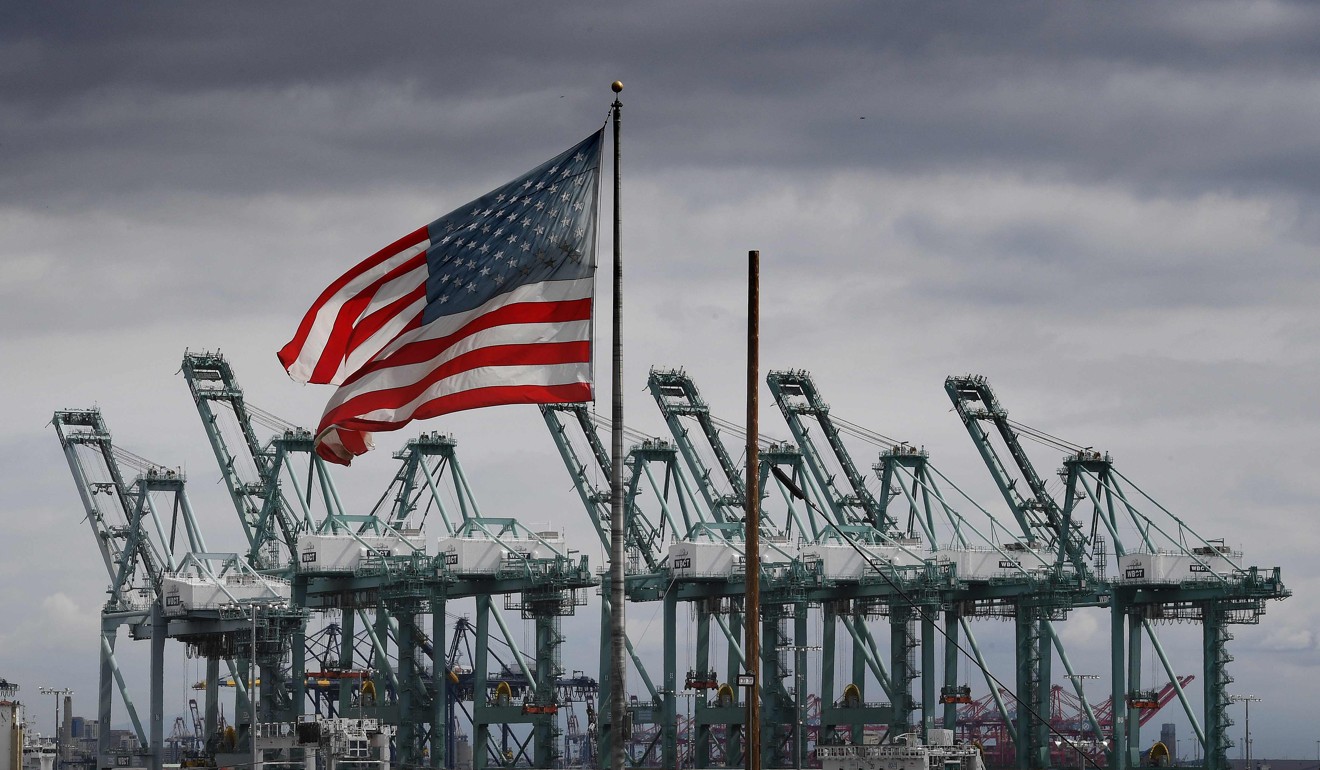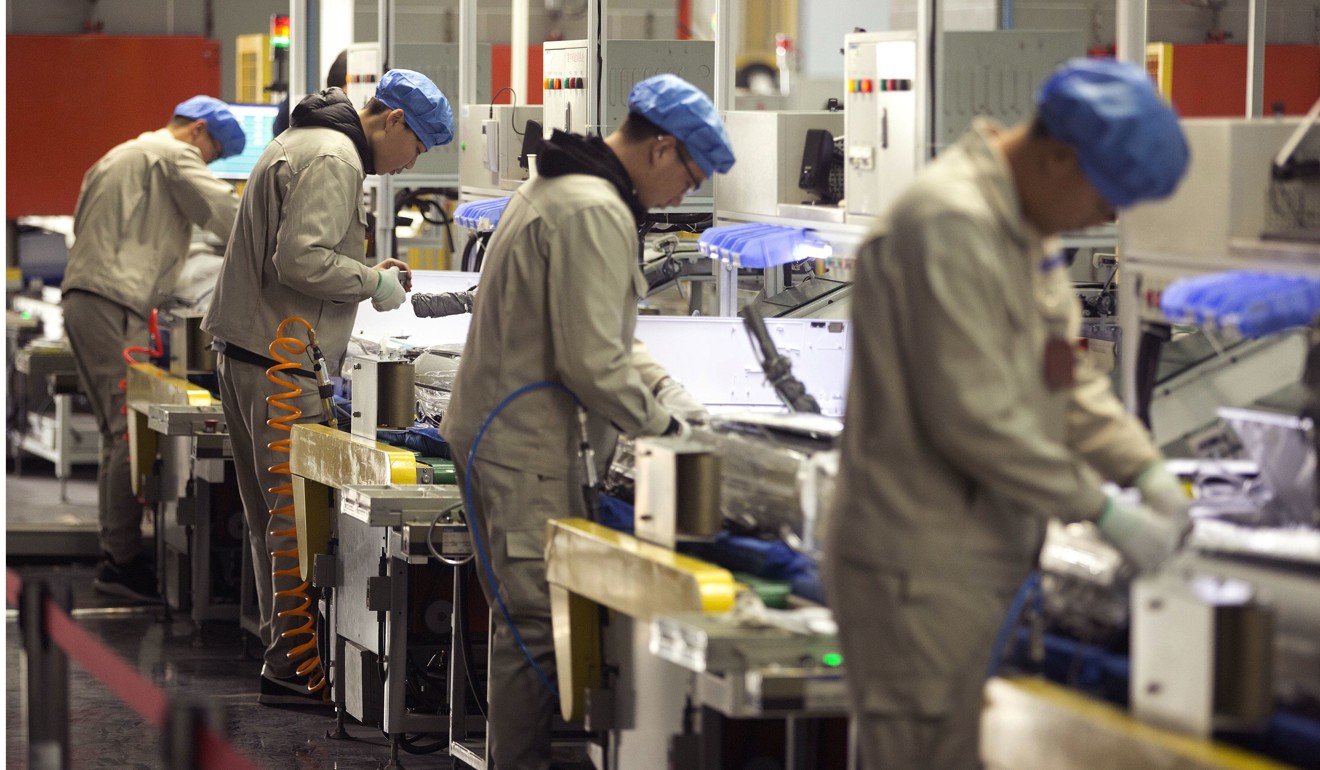
US-China trade war reflection of shifting centre for global trade, author says
- Europe, Southeast Asia stand to benefit from US-China conflict, according to Dr Parag Khanna
- By not joining Trans-Pacific Partnership, the US could be cut out of growing Eurasian centre of trade, Khanna says
The rising trade tensions between the United States and China should not be defined simply as a new cold war between the world’s two largest economies, according to international relations expert Dr Parag Khanna.
It is a much broader dynamic that reflects the changing centre of gravity for trade from one focused on the transatlantic movement of goods to Eurasia, said Khanna, the founder of Singapore-based strategic advisory firm FutureMap and the author of six books.
“When it comes to the trade war, there are more than two players,” Khanna said. “This is a many directional tug of war. China’s loss is someone else’s gain. It’s Asean’s. America’s loss is someone else’s gain. It’s Europe’s.”
Khanna, whose latest book is The Future is Asian, is a featured speaker at the Credit Suisse Asian Investment Conference in Hong Kong on Tuesday.
About US$1.6 trillion of trade currently occurs between the European Union and Asia – far outstripping the US’s trade with either region, Khanna said. That is expected to grow to US$2.5 trillion in a decade, he said.
Against that backdrop, the Trump administration is wise to seek reciprocity in trade with China, but the US must remember that Europe is its “geo-economic competitor”, Khanna said.
If the US and Europe speak with one voice when it comes to opening up China, but Europe is the only one who has reached free trade agreements throughout Asia “guess who wins?”, he said. “As a student of diplomacy and strategy, it is not the first time we’ll see where America does the heavy lifting on an issue and Europe steals the prize.”

The Trump administration has placed tariffs on nearly half of goods imported from China as it seeks to press Beijing to further open up its markets and address long-running issues on trade, including the forced sharing of technology by foreign companies that want to operate in China. US and Chinese officials are expected to meet in Washington next month in hopes of reaching an agreement on trade.
US President Donald Trump also has pulled the US out of the Trans-Pacific Partnership (TPP), in favour of pursuing free trade agreements with individual countries.
By not joining the TPP, the US runs the risk of being “voluntarily and involuntarily” cut off from the Eurasian centre of gravity in global trade, Khanna said.

“Being a winner in geopolitics does not mean you are a winner in geoeconomics. If you are self-sufficient, you don’t empathise with the rest of the world that needs trade more than you need it,” Khanna said. “That’s why the trade war is so badly miscalculated. Everyone else does need to trade with everyone else a lot more than North America needs to trade with everyone else.”
At the same time, China – like Japan and South Korea – is voluntarily shifting some manufacturing to other parts of Asia as it faces rising labour costs and seeks to better penetrate fast-growing markets in Southeast Asia.
“It is Asia’s own interest to do this. The largest investors in Asean are Japan and China and South Korea. Asians themselves are driving this change,” Khanna said. “It’s in their own interests to drive down their costs and better access those fast growing markets. That is why China’s largest trading partners in aggregate is its own neighbours.”


